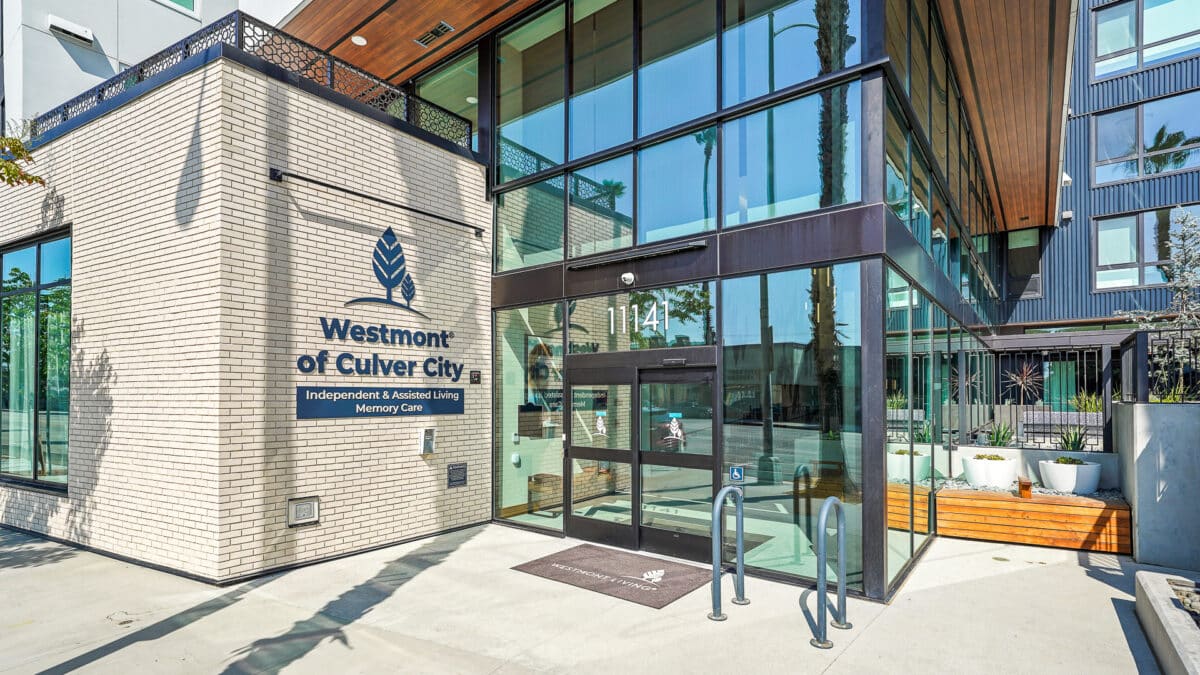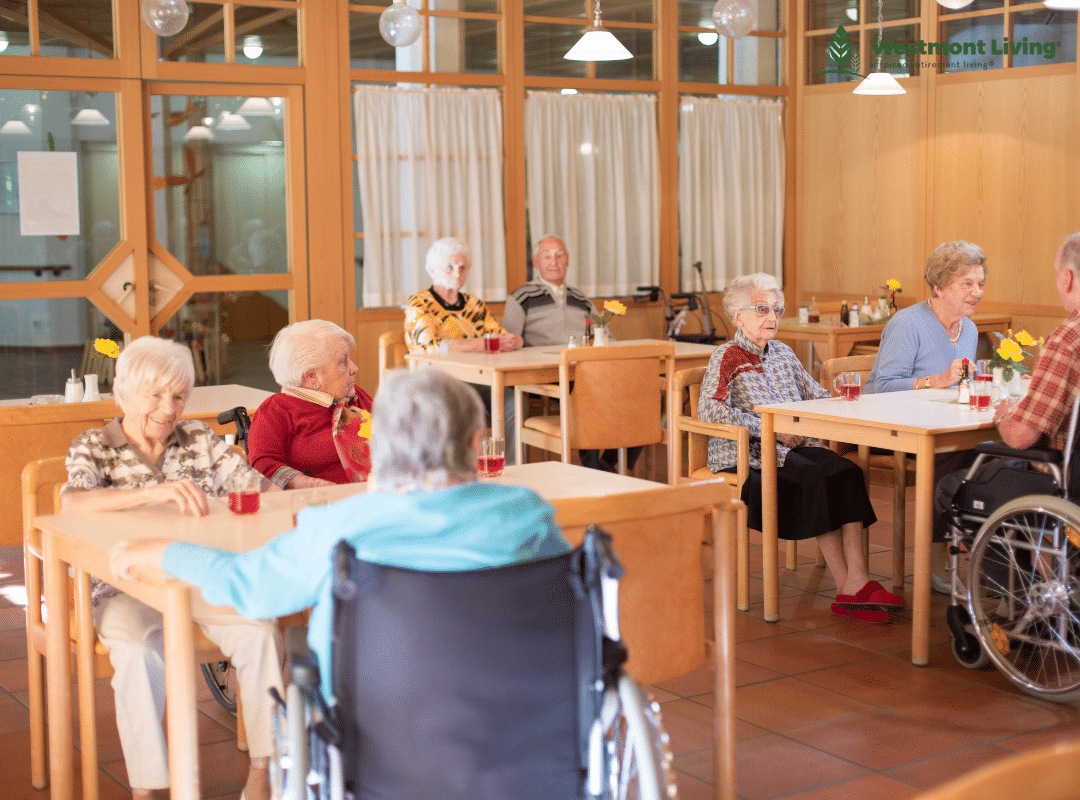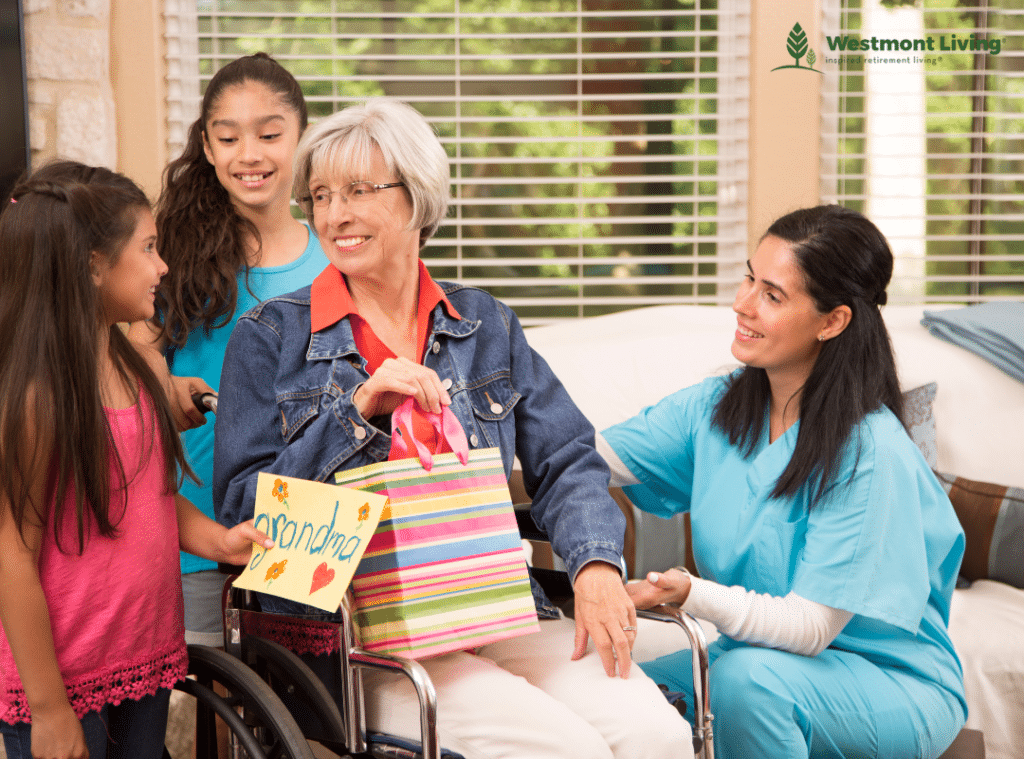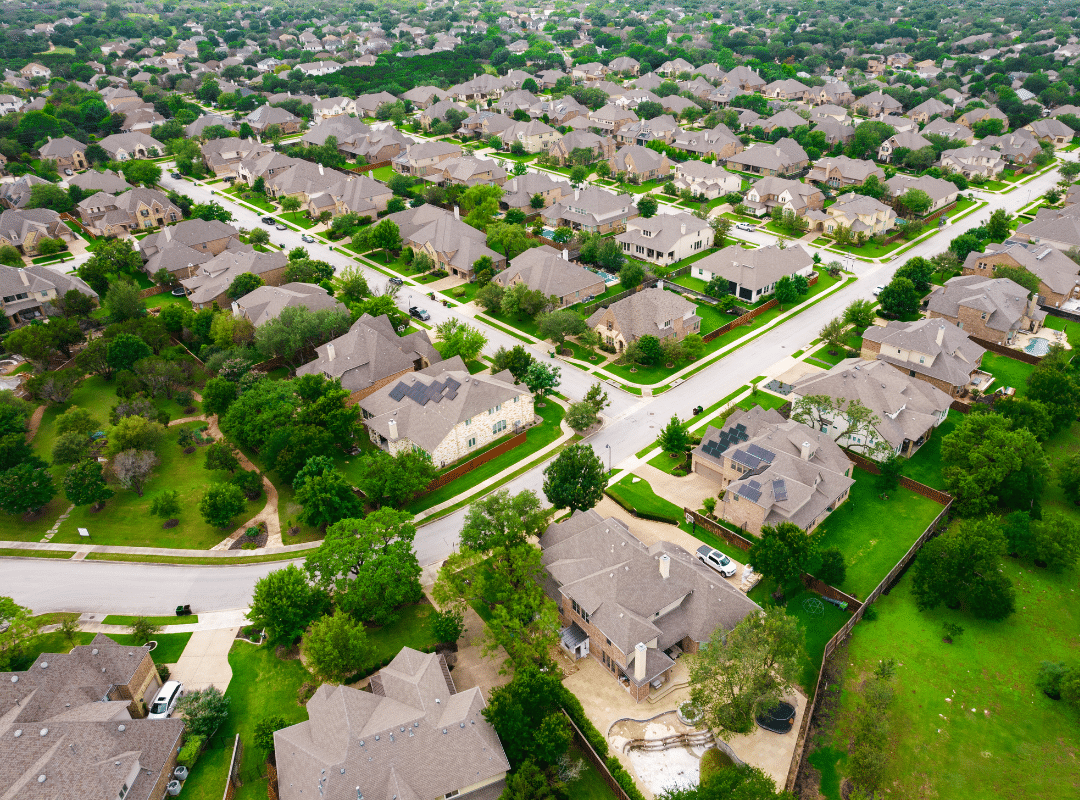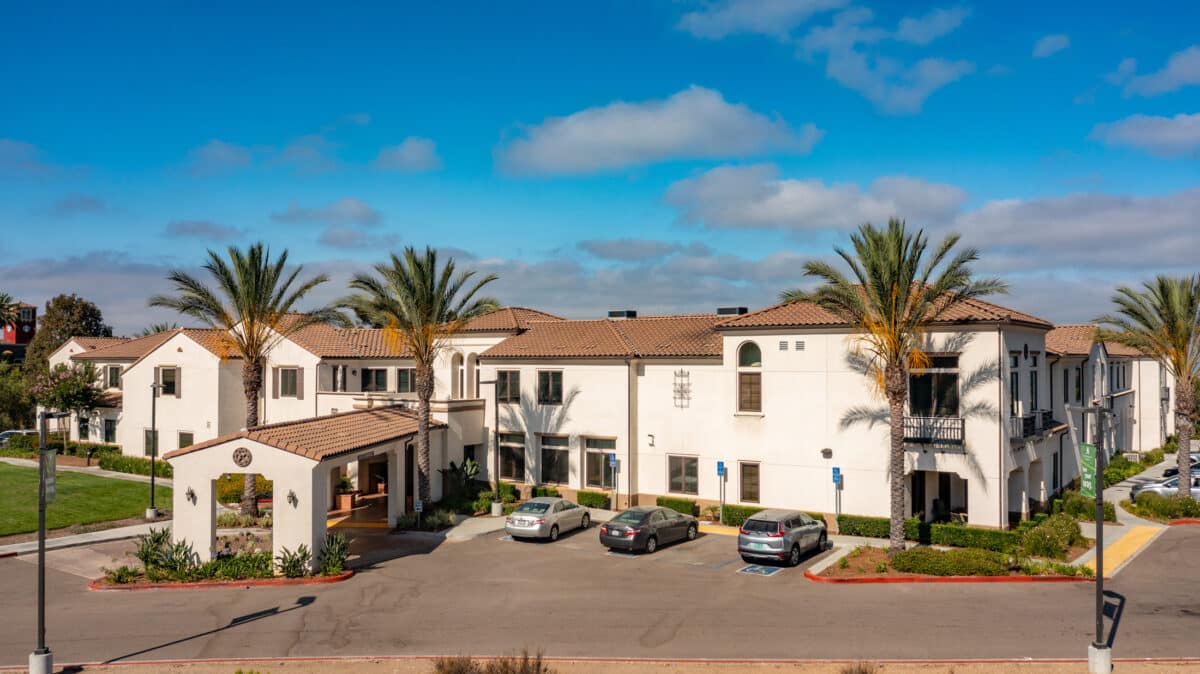Safe, Cozy Board and Care San Diego Homes
Safe and Cozy Board and Care San Diego Homes
Imagine a warm, inviting home where comfort wraps around you like a cozy blanket.
Westmont Living’s safe and cozy board and care homes in San Diego offer tailored support for seniors and individuals with disabilities, ensuring a nurturing environment.
With round-the-clock trained staff and personalized care, these homes foster independence and connection among residents.
Discover how Westmont Living’s spaces can enhance the quality of life and provide the security you seek for your loved ones.
Board and Care in San Diego: Personalized Senior & Disability Care
When exploring care options for seniors or individuals with disabilities in San Diego, board and care homes offer a personalized approach that genuinely feels like home. These facilities focus on creating an environment that promotes senior independence while providing the necessary support. Inboard and care homes, staff members tailor their services to meet each resident’s unique needs, ensuring everyone receives the personalized care they deserve. This fosters a sense of belonging and comfort, allowing seniors to maintain their dignity and autonomy. You’ll find that these homes encourage social interaction and engagement, which can significantly enhance the quality of life. Choosing a board and care home means prioritizing care and connection for your loved ones. Additionally, the emphasis on personalized care ensures that residents can receive tailored support that meets their individual needs effectively.
Board and Care for Mentally Ill in San Diego: Supportive and Specialized Care
Finding appropriate care for individuals with mental health challenges can be overwhelming. Still, board and care homes in San Diego provide a supportive and specialized environment tailored to their unique needs. These homes offer various mental health resources and therapeutic activities to foster recovery and well-being.
Here are some key features you can expect from these facilities:
- 24/7 compassionate staff support
- Personalized care plans
- Group therapy and counseling sessions
- Engaging in recreational and therapeutic activities
- Safe, structured living environments
Family involvement ensures residents receive personalized care plans that respect their individuality and unique needs.
Board and Care Homes for Disabled Adults: Safe, Comfortable, and Accessible Living
Board and care homes for disabled adults offer a nurturing environment where safety and comfort are prioritized, ensuring residents can thrive. These homes provide accessible living options tailored to individual needs, fostering independence while maintaining security. With trained staff available around the clock, you’ll find peace of mind knowing your loved one is supported in an inclusive community. Activities are designed to promote social interaction and engagement, allowing residents to form meaningful connections. Each home focuses on creating a warm atmosphere like family, helping residents feel valued and respected. Choosing a board and care home means embracing a holistic approach to care that enhances quality of life while ensuring safety and accessibility, including personalized care plans that cater to each resident’s unique needs.
Board and Care vs. Assisted Living: Which Option is Best for Your Loved One?
How do you know which care option is best for your loved one: a board and care home or an assisted living facility? Both care options have unique benefits, and weighing these can help you make an informed decision. Consider the following factors:
- Personalized Care: Board and care homes often provide more tailored support.
- Community Size: Assisted living facilities may feel more significant and more social.
- Cost: Board and care homes can be more affordable than extensive facilities.
- Senior Independence: Evaluate how each option promotes independence.
- Activities and Engagement: Check the availability of social activities in both settings.
Additionally, understanding the levels of care offered can help you assess which option meets your loved one’s specific needs. Ultimately, prioritizing your loved one’s comfort and needs is key to finding the best fit.

How San Diego Board and Care Homes Support Mental Wellness and Stability
Choosing the proper care option for your loved one can significantly impact their mental wellness and stability. San Diego board and care homes provide a nurturing environment that prioritizes mental health. With smaller, intimate settings, residents often form closer relationships with caregivers and peers, fostering a sense of community. This support system is vital for emotional support, helping individuals feel valued and understood. Caregivers are trained to recognize the signs of mental distress, offering personalized attention and interventions when needed. Activities are designed to engage residents, promoting cognitive function and social interaction. By prioritizing mental wellness and providing a stable atmosphere, these homes create a haven where your loved one can thrive emotionally and mentally.
How to Choose the Best Assisted Living Facility in San Diego
When considering an assisted living facility in San Diego, evaluating your loved one’s unique needs and preferences is essential. Start by identifying facility features that matter most to them and think about location considerations as well. Here are some important factors to weigh:
- Staff qualifications: Verify caregivers are trained and experienced.
- Safety measures: Look for secure environments with emergency protocols.
- Activities and amenities: Check for social, recreational, and therapeutic options.
- Meal plans: Investigate dietary accommodations and food quality.
- Visitor policies: Understand how families can stay connected.
In the heart of San Diego, Westmont Living board and care homes offer not just a place to live but a community where your loved ones can thrive. With personalized care and a focus on comfort, these homes create a nurturing environment that supports independence while fostering connections. As you consider options for your family, remember that a safe and cozy home can be the key to revealing a brighter, more fulfilling chapter in their lives. Choose wisely, choose warmth. For more information, call us at 858-456-1233.
Frequently Asked Questions
How much does board and care cost in San Diego?
The cost of board and care homes in San Diego varies depending on location, level of care, and amenities provided. On average, prices range from $3,500 to $6,500 per month, but some higher-end homes may charge more. Factors like private rooms, specialized care for dementia or medical needs, and included services can affect the price. It’s best to compare multiple homes and inquire about what’s included in the cost to find the best fit for your budget.
What is the difference between board and care and a nursing home?
Board and care homes are small, residential facilities that assist with daily living activities like bathing, dressing, and medication management in a more home-like environment. On the other hand, nursing homes offer 24/7 medical care from licensed nurses and staff, making them better suited for individuals with complex medical conditions or needing rehabilitation. Board and care homes generally have fewer residents (typically 6-10) and focus on personal care, while nursing homes have a larger staff-to-patient ratio and provide more intensive medical supervision. Choosing between the two depends on the level of care a person requires.
Does Medicare cover board and care?
No, Medicare does not cover board and care homes because they are non-medical residential care facilities. Medicare primarily covers short-term skilled nursing care, rehabilitation, and hospital stays, but not long-term custodial care such as assistance with daily living. However, some residents may qualify for Medi-Cal (California’s Medicaid program), which can help cover costs in certain licensed facilities. It’s essential to check with individual homes about available financial assistance programs.
How to file a complaint against a board and care in California?
If you have concerns about a board and care home in California, you can file a complaint with the California Department of Social Services (CDSS), Community Care Licensing Division (CCLD). Complaints can be made online, by phone, or in writing and should include specific details about the issue. If the complaint involves abuse or neglect, contacting the Long-Term Care Ombudsman Program for additional support is also recommended. You can visit the CDSS website or call 1-844-538-8766 to start the complaint process.






